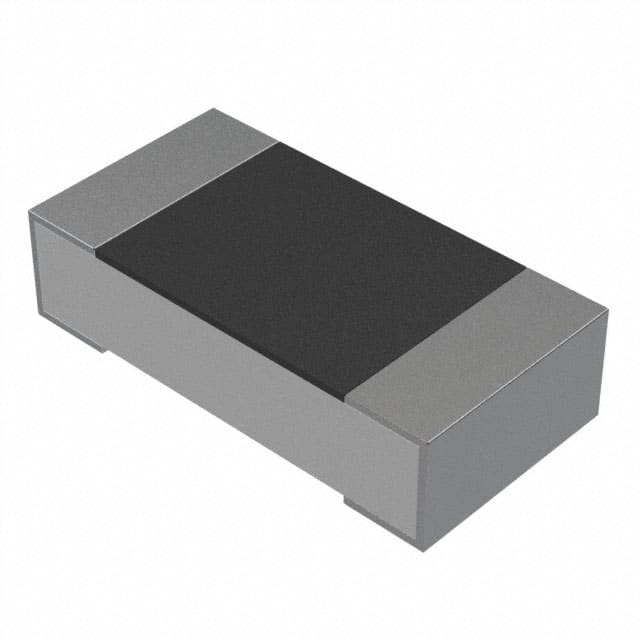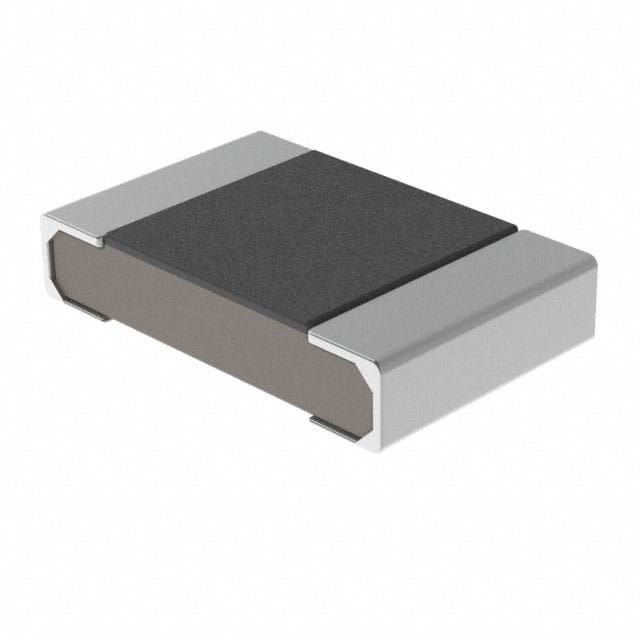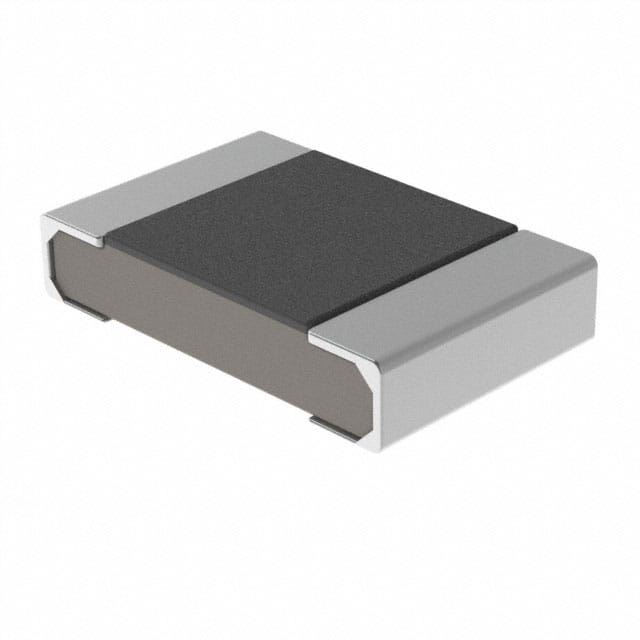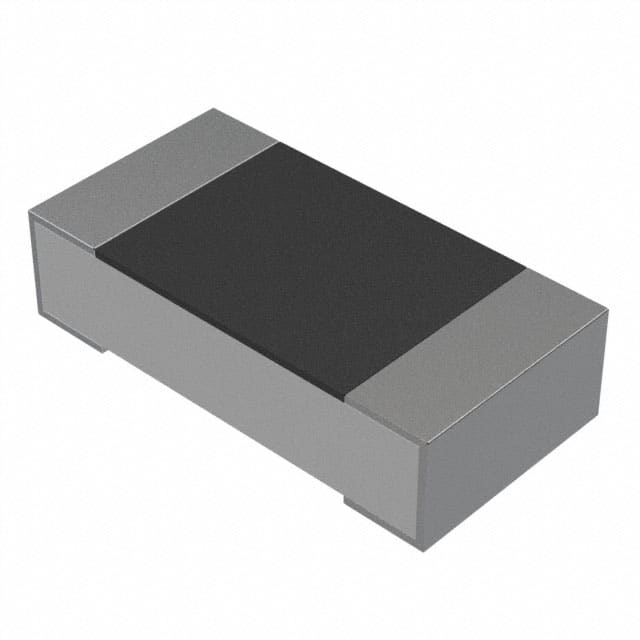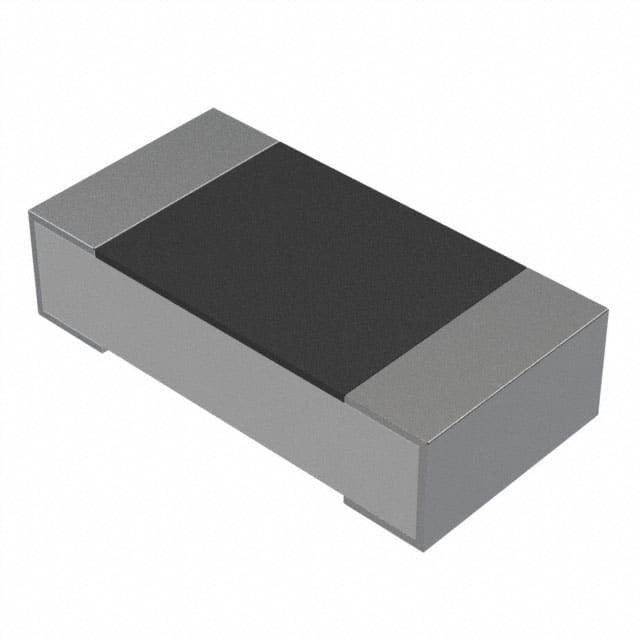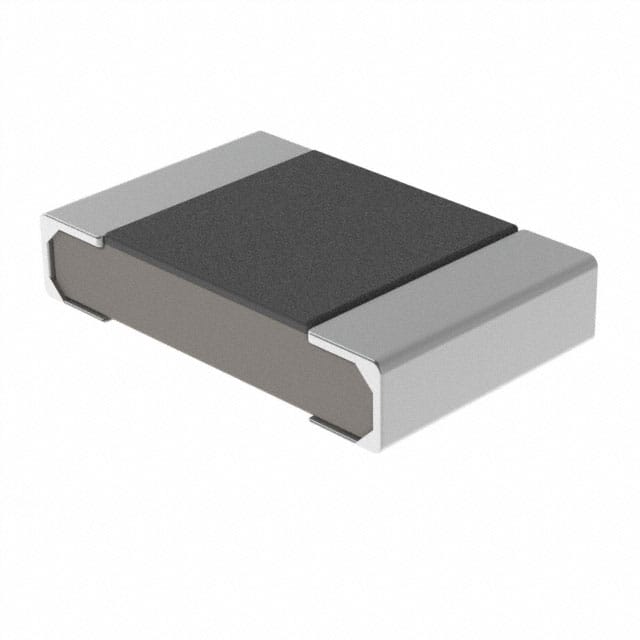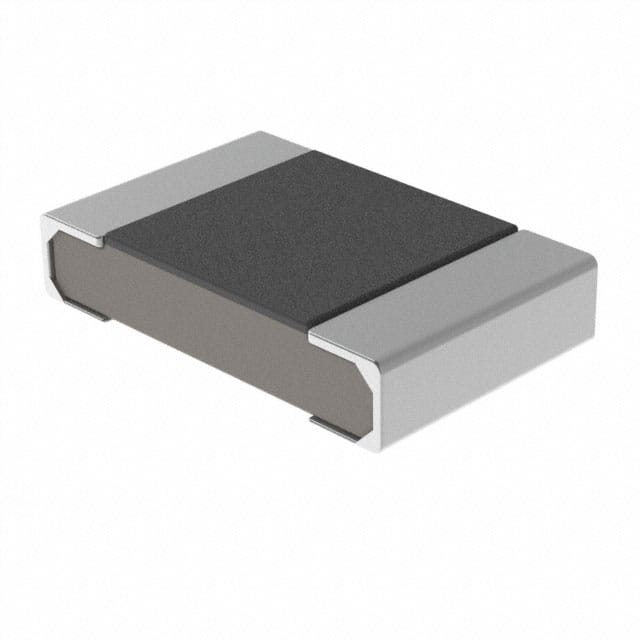RGT1608P-3321-B-T5 Product Introduction:
Susumu Part Number RGT1608P-3321-B-T5(Chip Resistor - Surface Mount), developed and manufactured by Susumu, distributed globally by Jinftry. We distribute various electronic components from world-renowned brands and provide one-stop services, making us a trusted global electronic component distributor.
RGT1608P-3321-B-T5 is one of the part numbers distributed by Jinftry, and you can learn about its specifications/configurations, package/case, Datasheet, and other information here. Electronic components are affected by supply and demand, and prices fluctuate frequently. If you have a demand, please do not hesitate to send us an RFQ or email us immediately sales@jinftry.com Please inquire about the real-time unit price, Data Code, Lead time, payment terms, and any other information you would like to know. We will do our best to provide you with a quotation and reply as soon as possible.
Chip resistance-surface Mount (Chip resistance-surface mount) Surface Mount is an electronic component assembly technology in which the Resistor and other components are directly pasted to the surface of the printed circuit board. There is no need to reserve the pupil for the original, and the electrical connection is realized by brazing, which greatly improves the integration and processing speed of the circuit board. In the circuit, the chip resistor can not only stabilize the current and voltage, prevent excessive current or voltage from causing damage to the chip, but also carry out impedance matching in signal transmission to ensure that the signal is smooth and without loss. In addition, the chip resistance can also filter out the interference signal, improve the anti-interference ability of the system, and ensure the stability and reliability of the circuit. Surface mounting of chip resistance can greatly improve the efficiency of chip resistance.
Application
Chip resistance-surface Mount has a wide range of applications, It is widely used in communication equipment (such as mobile phones, TV sets), computer equipment (motherboard, graphics card), automotive electronics (engine control unit, braking system), industrial control (PLC, sensor) and medical equipment (electrocardiograph, blood pressure monitor) and other fields. Its compact size and high-precision characteristics enable electronic equipment to be further miniaturized and refined to meet the diversified needs of modern science and technology.
FAQ about Chip Resistor - Surface Mount
-
1. Chip fixed resistor classification?
1. Conventional series thick film chip resistors: including general-purpose resistors in sizes from 0201 to 0805, and resistors in sizes from 1206 to 2512.
2. High-precision and high-stability chip resistors: These resistors have high precision and high stability, with sizes ranging from 0201 to 0603, 0805 to 1210, and 2010 to 2512.
3. Conventional series thin film chip resistors: This refers to general-purpose thin film chip resistors with a wide range of sizes from 0201 to 2512.
4. Low resistance chip resistors: Suitable for circuit applications requiring low resistance values, with sizes ranging from 0402 to 1206, and 2010 to 2512.
5. Chip resistor arrays: Including raised and recessed chip resistor arrays, used in circuits that require multiple resistance values to work simultaneously.
6. Chip current sensor: used to detect the current in the circuit, with low temperature coefficient (TCR) characteristics.
-
2. What are the functions of chip fixed resistors?
Chip fixed resistors (chip resistors) play a vital role in electronic devices and systems.
Chip fixed resistors, also known as Chip Resistor, are one of the passive electronic components widely used in the modern electronic manufacturing industry.
1. Voltage division and current shunting: When the chip resistor is in series or parallel with other components such as light bulbs in the circuit, it can play the role of voltage division and current shunting. In a series circuit, the chip resistor shares the voltage with another component; in a parallel circuit, the chip resistor shares the current with other components.
2. Impedance matching: During the signal transmission process, the chip resistor helps to achieve the matching of the load impedance and the internal impedance of the excitation source by adjusting the impedance, thereby optimizing the signal transmission efficiency.
3. Filtering: In the RC charging and discharging circuit composed of a resistor and a capacitor in series, the chip resistor plays a filtering role, helping to stabilize the voltage and current in the circuit and reduce fluctuations and interference.
4. Special resistor functions: Special types of chip resistors, such as resistors made of semiconductor materials, have variable resistance values and are used to achieve more complex circuit functions, such as impedance control.
5. Save space and improve reliability: Due to the small size and light weight of chip resistors, circuit space costs can be greatly saved, making the design more refined. At the same time, its ability to adapt to reflow soldering and wave soldering improves the reliability and efficiency of production.
-
3. Resistor tolerance accuracy representation method
The tolerance accuracy of chip resistors refers to the allowable deviation range between the actual value of the resistor and the nominal value. In the digital identification, the tolerance accuracy is usually indicated by the last one or two digits. These numbers correspond to different accuracy levels, for example, 1% accuracy is usually indicated by the number "1", while 0.1% accuracy is indicated by the number "01".
 Lead free / RoHS Compliant
Lead free / RoHS Compliant



